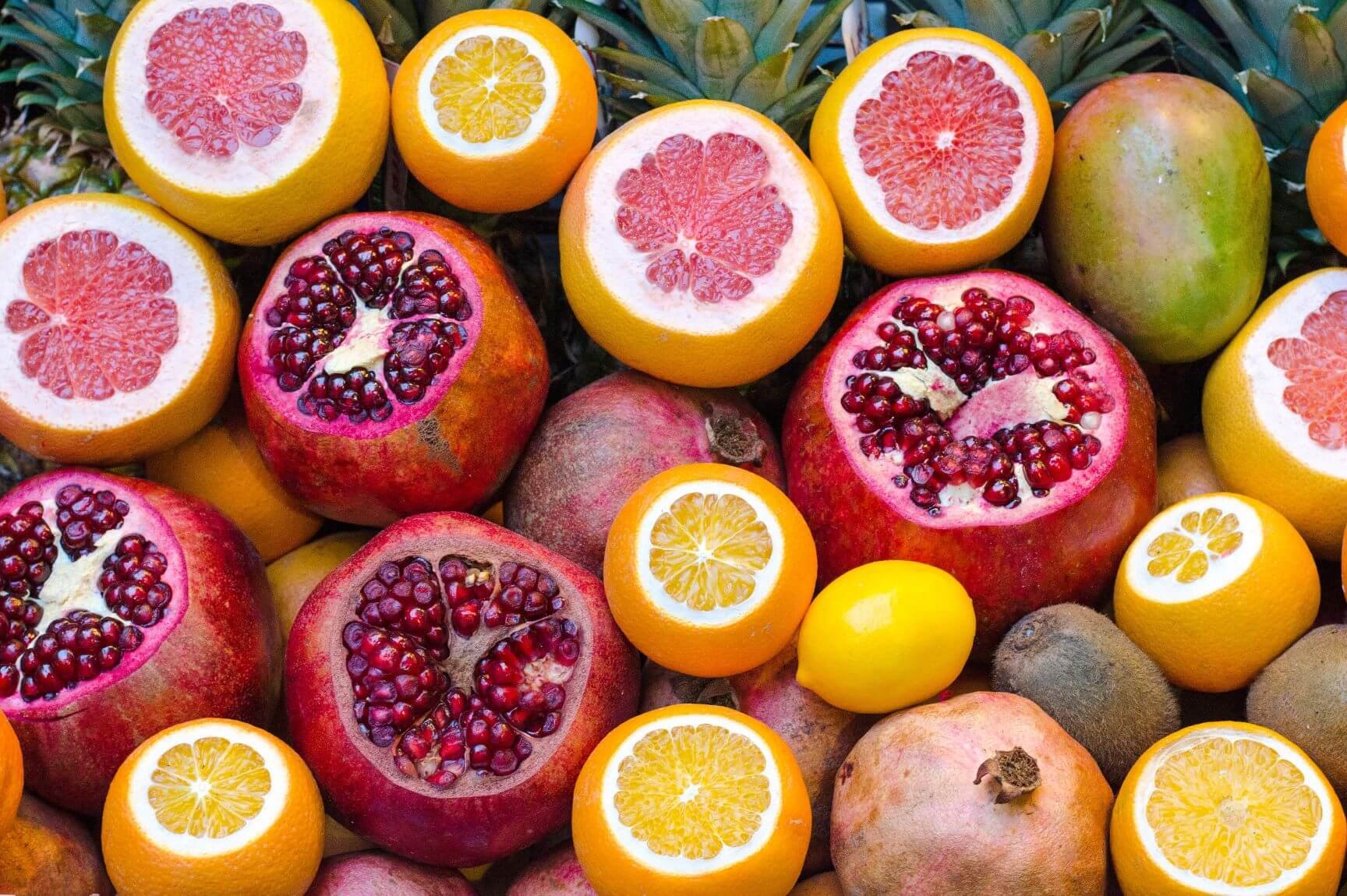

The food industry is continuously encountering issues with the safety of its products and counterfeiting. Blockchain technology is aiming to fully transform the food industry by fixing these issues and increasing efficiency and transparency throughout the entire system.
Food safety has always been a major issue for the food industry. The World Health Organisation estimates that nearly 1 in 10 people become ill every year from contaminated food being eaten, leading to food poisoning or similar illnesses. With the global food supply growing so hastily, it is becoming harder and harder to track the origin of certain foods and their suppliers. This stops food producers from being able to guarantee the provenance of certain foods.
It is now apparent that traditional food safety and management protocols are not equipped enough to detect or prevent fraud occurring in the food system. However, this is where blockchain in food safety comes in. The technology is able to drastically improve the current system and bring transparency to all operations.
Blockchain is a decentralised ledger, meaning it can record all transactions and store information on a global network. This means that if anything gets changed or tampered with, everyone on that blockchain can see. Blockchain was initially created for the financial sector and as the foundation for cryptocurrencies, but we have now learnt the true capabilities it has in many different sectors, including retail, health, and gaming.
Blockchain provides many advantages for the food industry. Here, we will go through some of the main ways in which blockchain technology can develop and improve the sector.
Blockchain has the power to change the way food is traced and recorded. By using a QR code and a smartphone with a camera, customers will be able to scan food packages at the point of sale and see a complete history and record of the food’s journey – from the farm it was grown at to the shop it was sold in. This gives customers the satisfaction of knowing exactly where the food they are eating has come from.
This type of tracking is also useful when food has come from foreign countries. It is often difficult to trace the original country a certain food product has come from. Certain foods claim on their label that they are British, but in fact they might have been produced in another country and just processed in the UK.
Blockchain stops this fraud as it can record all interactions regarding a certain item. These records are then assigned as a digital certificate. Because the information is on the blockchain, it can be seen by all who want the information, and none of the information can be tampered with, thereby reducing the amount of food fraud.
This level of food traceability then leads on to transparency. Blockchain technology has the ability to create a transparent record of all data. This means anything that happens on the blockchain can be seen and tracked by every person relating to the food product.
Volatility in the food market is growing rapidly, but blockchain can add an extra layer of security to the food chain system with transparency. Companies who utilise the technology will be able to use this transparency in their supply chains to add insurance and stop any scandals hitting the industry.
Blockchain enhances the process of pinpointing all potential sources of contamination in the journey of a product. With nearly 420,000 people dying yearly due to food contamination, blockchain is highly needed in the food industry.
The technology brings traceability and transparency by validating the authentication of a food’s origin, which helps brand credibility. This also helps to prevent outbreaks of food contamination, which can then minimise food testing expenses.
There are some inherent issues with the adoption of blockchain in terms of food safety. This is because for blockchain to become mainstream, all parties involved in the process need to use the technology.
But for food suppliers, the long-term benefits of proving the authenticity of products, improving the quality of food, and cutting down costs along the supply chain should outweigh the obstacles.
For guides on cryptocurrencies, exchanges, and blockchain technology, click here. Make sure you take a look at all the latest crypto and blockchain news.
Denver, Colorado, 24th February 2025, Chainwire
Denver, Colorado, 20th February 2025, Chainwire
Washington, D.C., 18th February 2025, Chainwire
Dubai, UAE, 27th January 2025, Chainwire
Those who enter the market at this time may be surprised to hear that Bitcoin…
George Town, Grand Cayman, 22nd November 2024, Chainwire